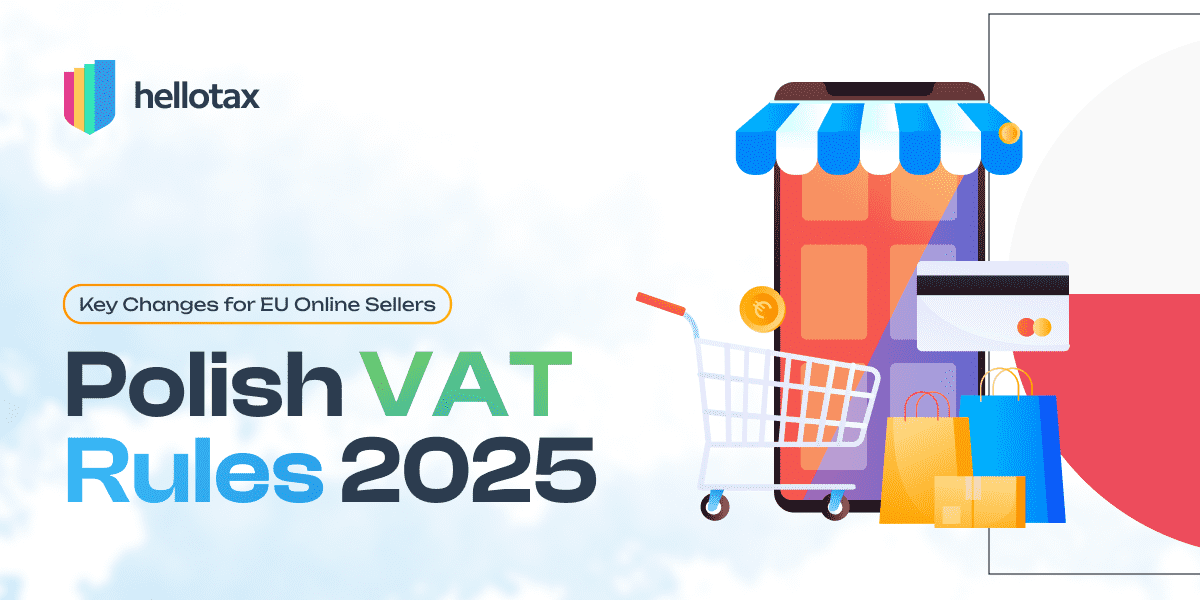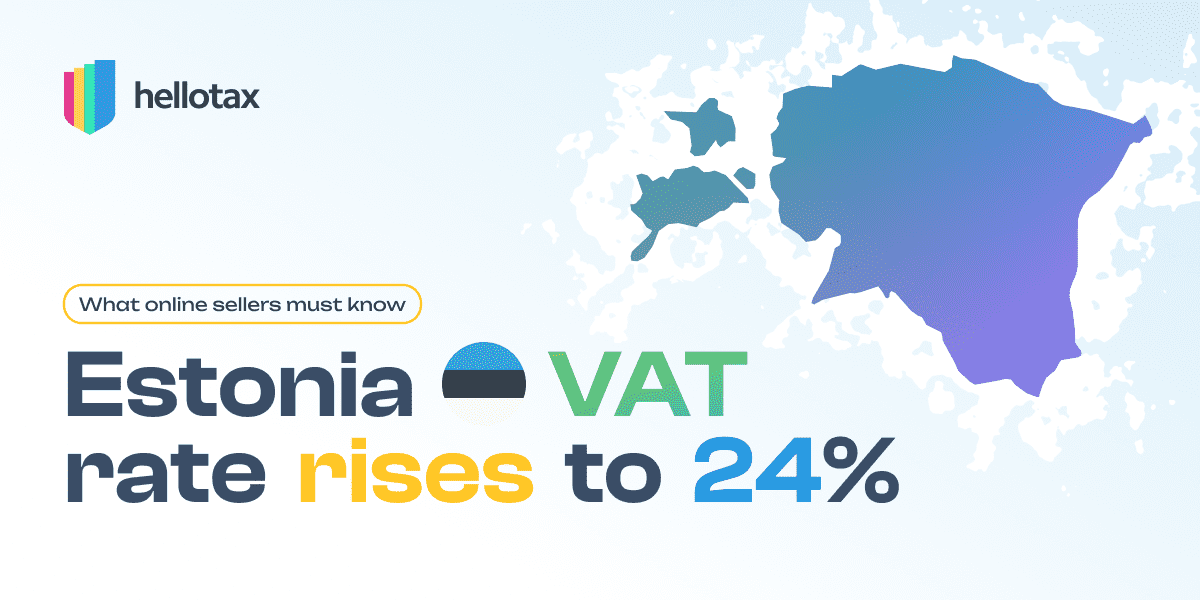
Value Added Tax (VAT) is a critical component of doing business in the European Union (EU), especially for online sellers. Navigating the complexities of VAT compliance can be challenging, particularly when dealing with cross-border transactions. One essential aspect of VAT that online sellers need to understand is the VAT reverse charge mechanism. This article will explore what the VAT reverse charge is, when it applies, and how it impacts online sellers in the EU.
Brenda Varela
Last Updated on 5 August 2024What is VAT Reverse Charge?
The VAT reverse charge mechanism shifts the responsibility of reporting a VAT transaction from the seller to the buyer. Instead of the seller charging and collecting VAT on the sale, the buyer reports both the output and input VAT on the transaction. This system helps prevent VAT fraud, especially in cross-border transactions where goods or services are traded between businesses in different EU countries.
When Does the VAT Reverse Charge Apply?
The VAT reverse charge mechanism applies in specific scenarios, including:
- Cross-Border Business-to-Business (B2B) Transactions: When goods or services are sold from a business in one EU country to a business in another EU country.
- Domestic Reverse Charge: In some countries, domestic transactions involving certain goods and services (like mobile phones, construction services, and wholesale energy) may also fall under the reverse charge.
- E-commerce Transactions: For online sellers, the reverse charge can apply when selling goods to VAT-registered businesses in other EU countries.
How the VAT Reverse Charge Mechanism Works
Here’s a step-by-step breakdown of the reverse charge process:
- Invoice Issuance: The seller issues an invoice without charging VAT and includes a note indicating that the reverse charge applies.
- Buyer’s Responsibility: The buyer records the transaction in their VAT return, reporting both the output VAT (as if they sold the goods or services) and the input VAT (as if they purchased them).
- No VAT Payment by Seller: The seller does not pay VAT to their tax authority but must ensure the correct documentation and invoicing.
Impact on Online Sellers
Benefits:
- Cash Flow Improvement: Since sellers do not need to charge or remit VAT, they can improve their cash flow management.
- Simplified Transactions: Especially beneficial for businesses involved in frequent cross-border sales.
Challenges:
- Documentation and Compliance: Accurate invoicing and record-keeping are crucial to avoid penalties.
- Understanding Applicability: Sellers need to be aware of when and how the reverse charge applies to their transactions.
VAT Reverse Charge and E-commerce Platforms
Major e-commerce platforms like Amazon and eBay have systems in place to handle VAT reverse charges, but sellers must ensure they are compliant:
- Amazon: Provides VAT calculation services and facilitates compliance for sellers.
- eBay: Offers resources and guidelines on how to manage VAT, including reverse charges.
Compliance Requirements
To stay compliant with VAT reverse charge rules, online sellers should:
- Verify EU VAT Numbers: Ensure that both the seller and buyer have valid EU VAT numbers. The seller must check the validity of the buyer’s VAT number through the VIES (VAT Information Exchange System) before applying the reverse charge.
- Keep Detailed Records: Maintain accurate and complete records of all transactions, including invoices indicating the reverse charge.
- Stay Updated on Regulations: Regularly check for updates on VAT rules and reverse charge applicability in different EU countries.
- Use VAT Software: Consider using specialized VAT compliance software to automate and streamline the process.
Case Studies
Example 1: Tech Gadgets Ltd.
Tech Gadgets GmbH, a Germany-based online retailer, sells electronic goods to a business in France. By applying the VAT reverse charge, Tech Gadgets GmbH issues an invoice without VAT, and the French buyer reports the transaction in their VAT return. This simplifies the process for Tech Gadgets GmbH. and ensures compliance with EU VAT regulations.
Example 2: Fashion Boutique
A French fashion boutique selling to a VAT-registered business in Spain uses the reverse charge mechanism. The boutique benefits from improved cash flow as they do not need to remit VAT, and the Spanish buyer handles the VAT reporting.
Conclusion
Understanding and correctly applying the VAT reverse charge mechanism is essential for online sellers operating in the EU. It simplifies cross-border transactions, enhances cash flow management, and ensures compliance with VAT regulations. For assistance with VAT compliance and to ensure your business adheres to the latest VAT rules, contact hellotax. Our expert team is here to help you navigate the complexities of VAT and keep your business running smoothly.
FAQs
Q1: What is the VAT reverse charge mechanism? A1: The VAT reverse charge mechanism shifts the responsibility of reporting VAT from the seller to the buyer in certain transactions.
Q2: When does the VAT reverse charge apply? A2: It applies in cross-border B2B transactions, certain domestic transactions, and specific e-commerce transactions.
Q3: How does the VAT reverse charge benefit online sellers? A3: It improves cash flow and simplifies cross-border transactions but requires accurate documentation and compliance.
Q4: What must sellers do to apply the reverse charge? A4: Sellers must verify that both they and their buyers have valid EU VAT numbers through the VIES system before applying the reverse charge.
Q5: How can hellotax help with VAT compliance? A5: hellotax provides expert VAT compliance services, helping online sellers navigate VAT regulations and ensure compliance. Contact us for personalized assistance.
For further information and tailored VAT compliance solutions, reach out to hellotax. Our team of experts is dedicated to helping online sellers thrive in the EU market.


